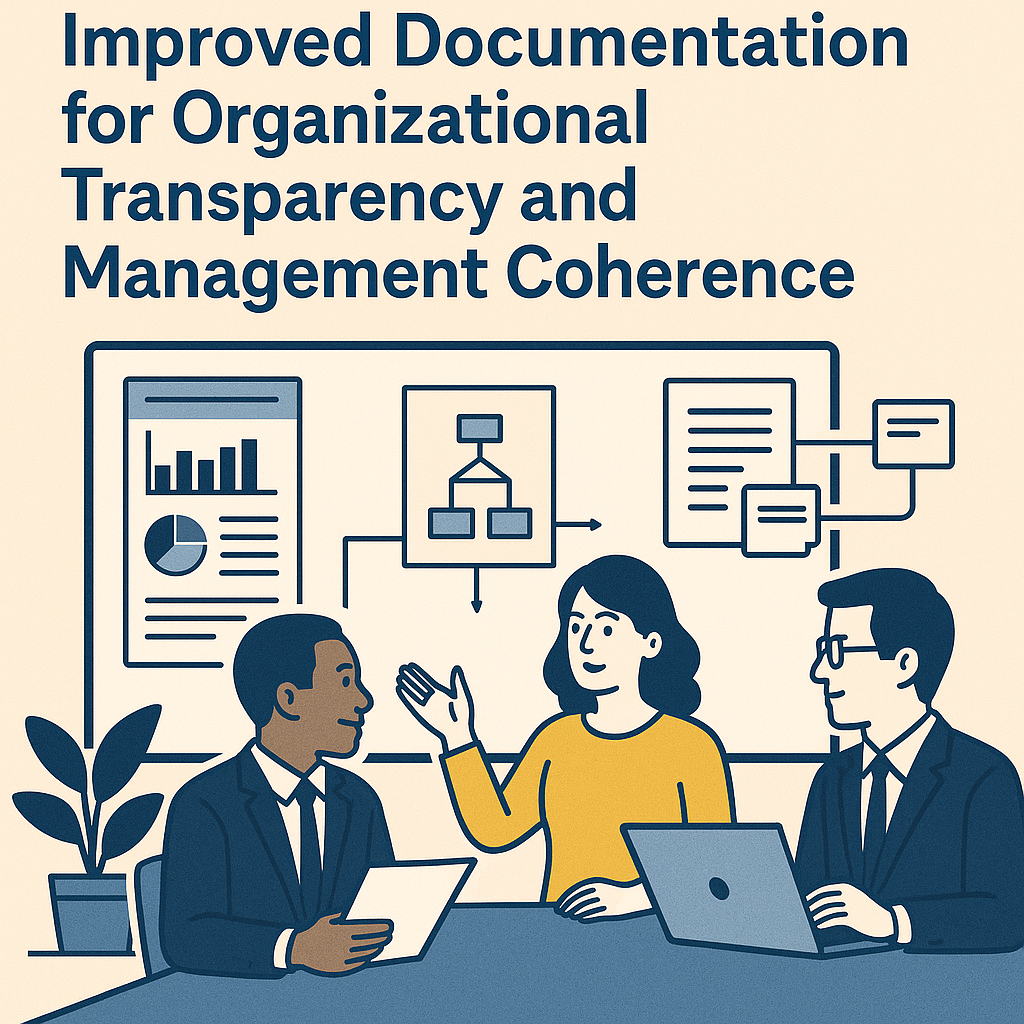Over the past five years, enterprise architecture has undergone a quiet but profound transformation. What began as a response to digital disruption in the early 2020s has accelerated sharply through 2025, driven by AI, platform engineering, regulatory pressure, and economic constraints. As we move into 2026, the role of enterprise architecture is no longer centered on documenting the enterprise. It is about governing autonomy, shaping decisions, and sustaining trust at scale.
This shift is not theoretical. Industry research and practice over the past several years point to a clear conclusion: architecture programs that remain artifact-centric will struggle to stay relevant, while those that reposition themselves as decision engines will become indispensable.



















